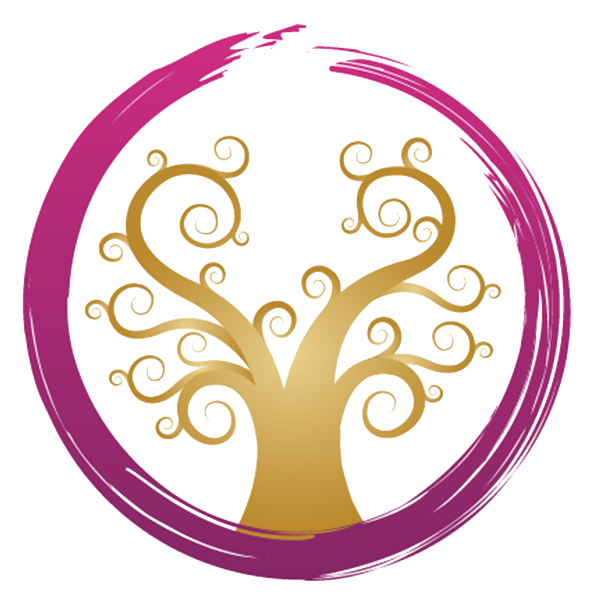
Postpartum belly binding is nothing new. In fact, it has been a part of traditional cultural practices for centuries in Europe, Asia, and other parts of the world. Many women discovered that wrapping their belly with fabric to apply gentle compression may help reduce swelling, increase blood flow, and reduce the risk of developing Diastasis Recti. Diastasis recti is the separation of the rectus abdominis muscles during and after pregnancy. The rectus abdominis runs vertically along the front of your stomach – it’s frequently referred to as someone’s “six-pack abs.” With the increased popularity in the United States, women have borrowed this tradition and also enjoyed the many benefits of belly binding. A Belly Binder is often worn after a vaginal birth or after a c-section birth to help protect the incision and promote healing.
What is postpartum belly binding?
Traditionally, belly binding involved a thin piece of fabric, such as a muslin sash, wrapped around the belly after birth to provide light compression and promote healing. However, the type of fabric used was typically bulky, hot under clothing and not as compressive as modern wraps.
When should you start belly binding after giving birth?
Women may wear belly binders soon after delivery to help their bodies heal from birth. However, it is common to wear a belly binder shortly after they leave the hospital to maximize benefits. Belly binders are safe to wear after a c-section and may be beneficial to help promote healing and protect the incision site. After a c-section, it is suggested to start wearing a belly binder after discharge from the hospital or when you feel comfortable and receive clearance from your medical doctor.
Should you consider binding your belly postpartum?
Belly binding has been around for centuries, but recently gained popularity in the United States per doctor-recommendations because of its many proven benefits, such as helping compress your abdominal muscles, helping to assist in uterus contractions, helping to reduce swelling and it may actually help you shrink faster. Safe to say, your belly binder will quickly become your best friend during your postpartum journey.
What happens to your body during postpartum belly binding?
The binder will gently compress your belly and lower back, which may help in healing the abdomen by supporting your weakened muscles and pelvic floor. Your belly binder should be comfortable and not too restrictive.
Benefits to postpartum belly binding include:
- May help you slim your abdomen faster
- May help reduce Diastasis Recti
- A natural alternative to healing after birth
- May help to reduce pain
- May help to promote increased blood circulation
- May improve posture
- May help protect c-section incision
Are there any disadvantages of binding your belly postpartum?
While there are no disadvantages to wearing a belly binder, a binder that is worn too tight can cause unnecessary and excessive pressure on the pelvic floor and surrounding ligaments.
Investing in a good quality belly binder made with breathable fabric and supportive material is crucial. When shopping for a suitable belly binder, be sure it is not a waist trainer but a belly binder. Waist trainers are made with a stiff material that does not allow your skin to breathe and are typically made with metals or materials that do not move easily with the body.
How long should you bind your belly after giving birth?
It’s recommended to wear a belly binder after delivery for a minimum of 6 to 10 weeks. In addition, many women find belly binding beneficial long after ten weeks, especially for breastfeeding moms. If you are breastfeeding, the hormone relaxin stays in your system for the duration of breastfeeding. Relaxin relaxes your muscles and ligaments to accommodate your growing belly. A belly binder will help support your weakened muscles and may reduce Diastasis Recti.
Is it OK to bind your belly after a C section?
Yes! Not only is belly binding safe after a c-section, but it is also beneficial to your healing journey. Unlike a vaginal delivery, during a c-section, numerous layers of tissue and muscle are cut to reach inside the uterus. The recovery period for a c-section is usually slower and requires more support while healing. Many women have discovered belly binding after a c-section reduced their healing time and supported their weakened tissue and muscles. There are essential things to look for when shopping for a belly binder for c-section recovery, such as comfort, incision protection, and breathable fabric.
There are many other benefits to belly binding after a c-section, including:
- Helps support for core muscles
- Helps Supports the back
- May reduce the likelihood of developing Diastasis Recti
- May help c-section incision heal
- Reduces lower back pain
- Improves posture
- Helps to promotes blood circulation
- May reduce swelling
- May reduce the duration of postpartum bleeding
Childbirth is a life changing event in a woman’s life both physically and emotionally. After you give birth, your body experiences substantial physical changes such as swelling of breasts, fluctuations in hormones, and shrinking of your uterus. A belly binder works in partnership with your body to aid in healing and help provide support to your relaxed ligaments. Extra support during your postpartum healing is just as essential as the support you need during pregnancy. Keep in mind, a belly binder may not help you lose weight but it will help your uterus shrink faster, reduce swelling, and provide support to your pelvic floor as it strengthens after delivery. Belly binding is a safe, effective way to heal and feel more like yourself faster.


